UPDATE | August 01, 2022
The Kanto region is where Tokyo, the current center of Japan's economy, is located. So what is the Kansai region? Kansai is a unique area where you can feel the rich nature, food culture, history and traditional culture. This time, we will introduce the features and recommended spots of each region.
INDEX
In the Kansai region, there are two "prefectures" and four "prefectures", for a total of six administrative districts.
By the way, the reason why "prefecture" and "prefecture" are called differently is that about 150 years ago, the Meiji government called "prefecture" an important area in Japan's economy and politics, and "prefecture" other than that. Because I decided.
Osaka, the center of commerce, and Kyoto, the former capital, use the "fu", and Tokyo, the current capital, uses the "capital".
The Kansai region is located in the Midwestern part of Honshu, Japan, and the total population is said to be about 20 million. Since the northern part faces the Sea of Japan, it snows a lot in winter and the temperature difference is large. In addition, the southern part of the Pacific Ocean has a relatively mild climate in summer, but it is easily affected by typhoons in autumn and cold in winter.
Since ancient times, the Kansai region has been a place where business people come and go from west to east and from east to west, and it is said that there are many business people in Kansai. Perhaps because of this, I have the image that many Kansai people are talkative and sociable.
In addition, the dialect spoken in Kansai is called "Kansai dialect", and although there are some differences depending on the region, it is characterized by a unique accent and a good tempo.
[PR]
About 9 million people live in Osaka, the economic and transportation center of Kansai. From ancient times to the present, Osaka has been well known as a city of business. In addition, unique food culture and entertainment have developed, and it has come to be called "a city of eating and drinking (spend money for eating and drinking until you run out of money)", and a laughing culture such as comics was born.
The center is divided into the Umeda area called "Kita" and the Namba area called "Minami", and if you want to shop or eat at a fashionable shop, you can enjoy the nightlife such as Kita, izakaya and bars. If so, there are many locals who use it properly as Minami.
Osaka Castle, which is said to have been built by Toyotomi Hideyoshi, is a must-see. Stroll around Kuromon Ichiba, where you can enjoy fresh seafood such as fugu, sea urchin, and scallops, buy souvenirs at Shinsaibashisuji Shopping Street, and ride on the Dotonbori Bridge. Taking pictures with the Glico sign in the background is a standard for sightseeing in Osaka.

Kyoto is a city of history and tradition that has prospered as the capital of Japan for over 1,000 years. After the Meiji Restoration, the capital function moved to Tokyo, but Kyoto's unique culture has been preserved by the locals for a long time and has been passed down to the next generation.
About 2.5 million people live in Kyoto, which is located between Osaka and Shiga. The Kamo River, which runs through the center of Kyoto, is a healing spot where you can feel the changes of the four seasons, and it is very popular with both locals and visitors to Kyoto. Many of the buildings are designated as cultural heritage, and you can feel the atmosphere of Kyoto just by walking around the narrow back alleys as well as visiting temples and shrines.
Also, surprisingly, Western food culture such as coffee and bread has taken root in Kyoto for a long time. If you walk around the city, you will find many retro coffee shops, fashionable cafes, and bakeries crowded with locals. Wearing a kimono and having matcha and Japanese sweets at a teahouse is also a stylish way to enjoy Kyoto.

Currently, about 1.3 million people live in Nara, which is adjacent to Osaka and Kyoto. The history of Nara is as old as Kyoto, and there was a time when it was once the capital of Japan. The famous one is Heijokyo, which was built in 710, and you can still visit the site.
Speaking of Nara, I think the impression of a deer is strong. It is said that the reason why there are so many deer in Nara is that deer have been well protected as messengers of God since ancient times at the famous shrine called Kasuga Taisha Shrine in Nara. Nara is a city that lives with deer so much that there is a sign on the road saying "Beware of deer".
There are many attractions within walking distance, such as Todaiji Temple, which is registered as a World Heritage Site, and Nara Park, which overlooks the scenery of Nara.
It is also recommended to take a walk in the historical cityscape of "Naramachi" or take a break at Sarusawaike while looking at the five-storied pagoda.

Hyogo Prefecture has a population of about 5.5 million, and the population is particularly concentrated in Kobe, which is the economic center of Hyogo. Kobe has mountains and the sea, and has developed as a port town in the trading industry since ancient times. It is also famous as a fashion city, and there are many fashionable brand shops in the center.
Many people think of Kobe as a night view, and it is popular as a standard spot for drive dates. The night view from the top of Mt. Rokko as well as from the Kobe Tower in the harbor is the best. There are many hiking trails on Mt. Rokko, and it is a popular mountain climbing spot for men and women of all ages.
In addition, there are snowy mountains on the north side of Hyogo, and a ski resort opens in winter. It is easy to reach from Osaka by car, so it is crowded with people who enjoy skiing and snowboarding every year.
About 1.4 million people live in Shiga Prefecture, which is located in the northeastern part of the Kansai region. Lake Biwa, which occupies one-sixth of the prefecture's area, is famous and is a valuable water source that is indispensable not only for Shiga residents but also for Kyoto and Osaka residents.
Lake Biwa is actually the largest lake in Japan, but you can also go around by car or bicycle. Every summer, it is crowded with people who enjoy swimming, fishing and camping. In winter, the mountains near Lake Biwa are covered with snow, so you can enjoy winter sports.
For those who like walking around town, we also recommend walking around castle towns such as Hikone Castle and Omihachiman. Traditional buildings such as the stone wall waterways are still preserved by the locals, so you can feel the history while walking around the city.
Wakayama Prefecture, which is located in the south of Osaka Prefecture and faces the Pacific Ocean, has a population of about 950,000. The number of foreign tourists visiting Wakayama has been increasing in recent years because it is very convenient to access from Kansai International Airport.
The charm of Wakayama is, after all, the beautiful sea and the abundant seafood. Many people visit Shirahama beach every year and enjoy marine sports and natural hot springs. After swimming in the sea, it is one of the pleasures to taste fresh seafood at "Toretore Market". The prices are reasonable, so customers visit all day long without interruption.
In addition, there are many mountain trails in Wakayama where you can enjoy not only the sea but also nature. The most famous of these is the Kumano Kodo, which has a history of more than 1000 years and is registered as a World Heritage Site. At the end of the long mountain road, there is a waterfall called "Nachi Waterfall", which is very impressive.
Don't forget to try sweets and drinks made with Wakayama's famous mandarin oranges, and soy sauce-based Wakayama ramen.
How was it?
Kansai is full of charm with different faces depending on the area. When you visit for sightseeing, please take your time and enjoy various parts of Kansai.

A freelance Japanese teacher and local guide from Osaka. I fell in love with Kyoto in 2020 and moved to 2021. Currently, while teaching Japanese mainly in private lessons, he plans and manages writing, Chinese-Japanese translation proofreading, and online experiences.
[PR]
[PR]